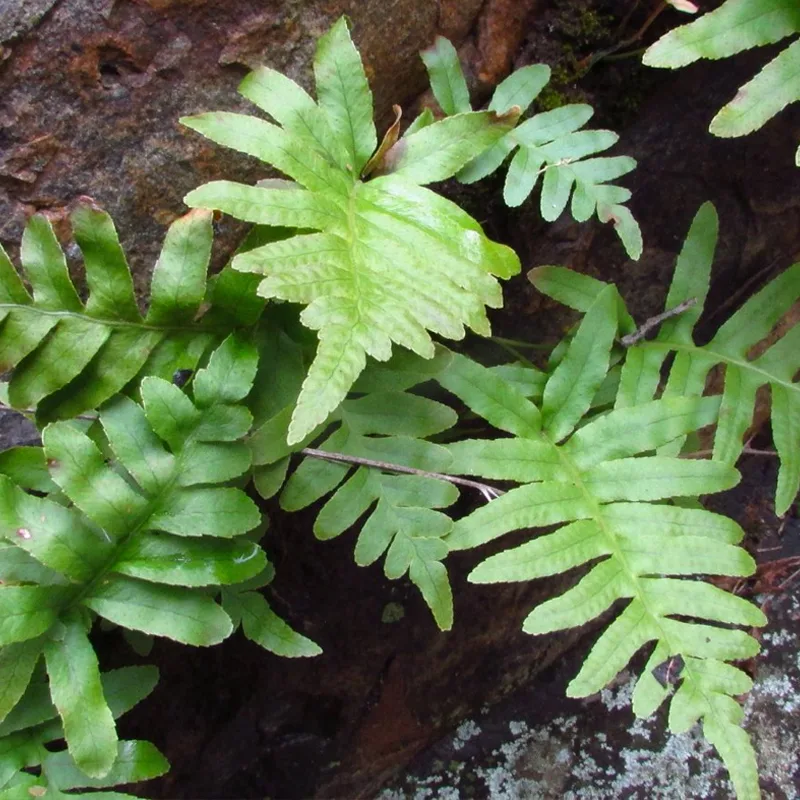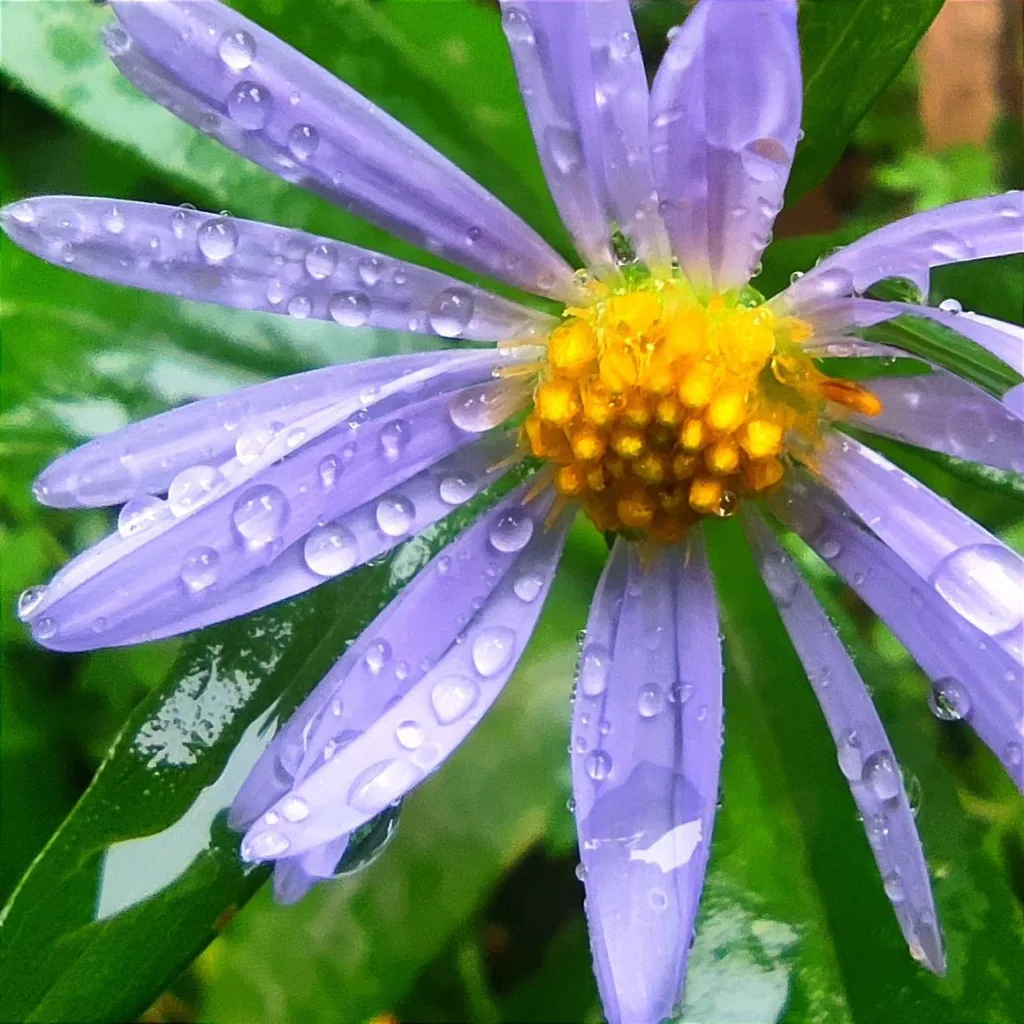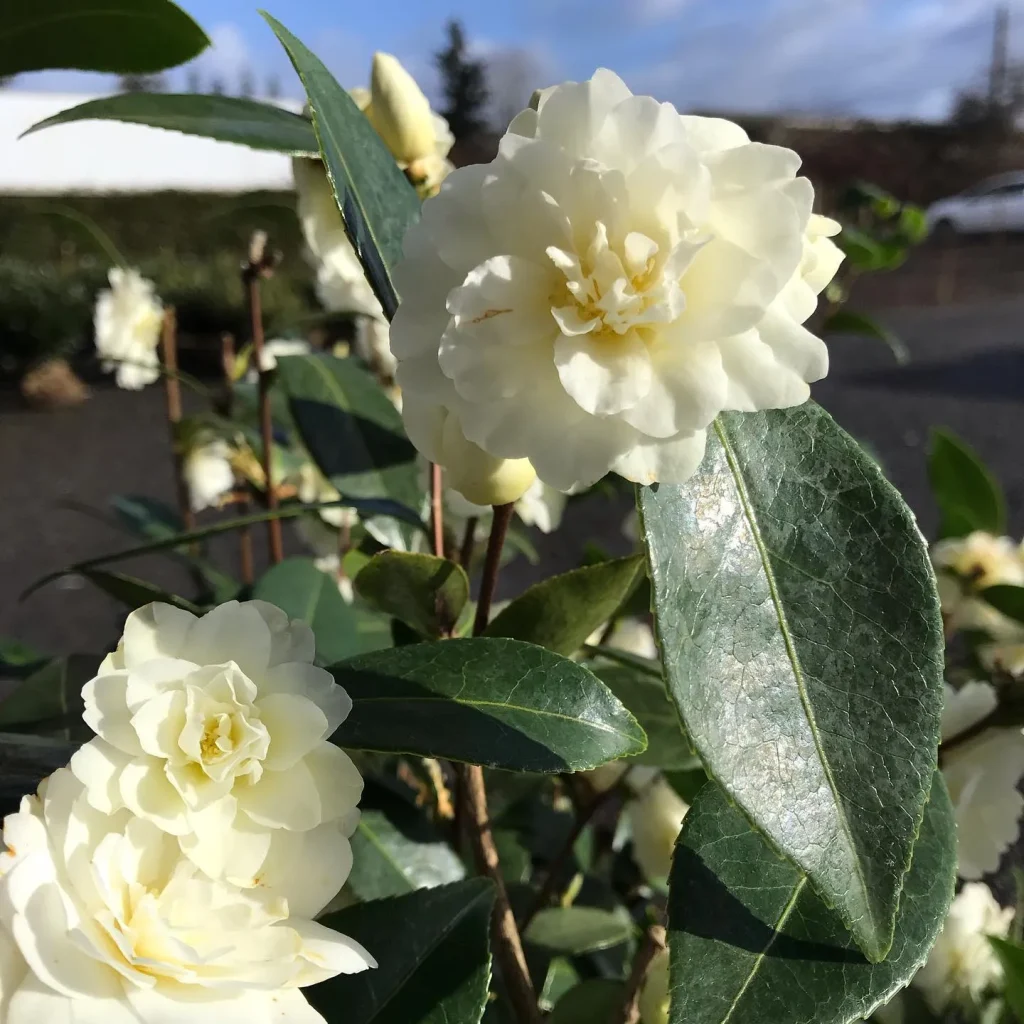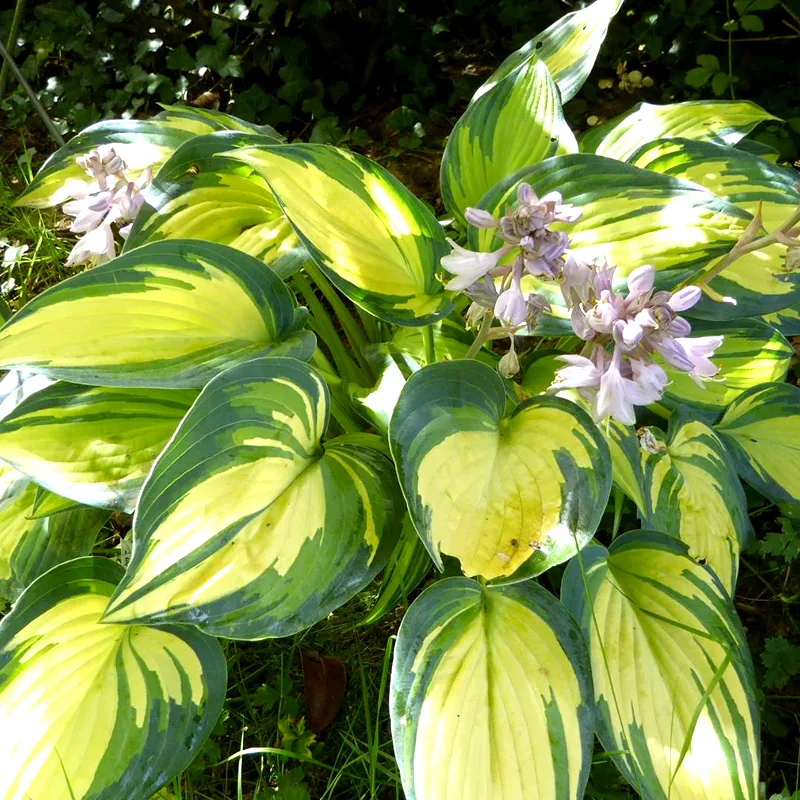Exploring the Argophyllaceae Family
The Argophyllaceae family may not be the most well-known group of plants, but it has its unique appeal. I’ve had the opportunity to delve into this family, which primarily consists of two genera: Argophyllum and Corokia. In this post, I’ll share my personal experiences and insights on the plants within the Argophyllaceae family, diving into their characteristics, habitats, and why they are worth considering for garden enthusiasts.
Discovering the Argophyllaceae Family
The Argophyllaceae family includes about 28 species spread across the two main genera, Argophyllum and Corokia. These plants are native to regions like Australia, New Zealand, and some Pacific islands, thriving in various habitats from coastal environments to rainforests.
While not everyone may have heard of this family, the plants in this group bring unique beauty and adaptability to gardens. They are often admired for their silvery foliage, shrub-like growth habit, and striking flowers, which can add textural contrast to various landscape designs.
Argophyllum: The Silverleaf Wonders
One of the most prominent genera in the Argophyllaceae family is Argophyllum. The name itself is derived from Greek—”Argos” meaning “silver” and “Phyllon” meaning “leaf,” which perfectly describes the appearance of these plants. The leaves are typically silvery-green, with a dense covering of fine hairs that give them their unique texture and shimmer.
What I find particularly interesting about Argophyllum species is their adaptability. In my experience, these plants thrive in well-drained soil, making them an excellent choice for gardens with challenging soil conditions. They prefer a mix of sun and shade and can withstand periods of drought, which is ideal for low-maintenance landscapes.
The species I’ve worked with, such as Argophyllum nullumense, are modest shrubs but can grow to an impressive height of 1 to 2 meters. The bright white or yellowish flowers add a delicate yet striking contrast to the silvery leaves. These plants are perfect for creating a mediterranean garden aesthetic.
Corokia: Quirky and Ornamental
The other notable genus in this family is Corokia. Unlike Argophyllum, Corokia species are more widely known, particularly in horticultural circles, for their twisted and tangled branches. Corokia species bring a sense of whimsical structure to gardens, making them a popular choice for hedging or topiary.
The most common species in the Corokia genus that I’ve worked with is Corokia cotoneaster. Its small, leathery leaves have a green or sometimes grayish hue, which contrasts beautifully with the plant’s intricate branch structure. I find Corokia cotoneaster particularly valuable in garden design because it provides year-round interest.
In addition to their quirky structure, Corokia plants produce small, star-shaped yellow flowers in spring, followed by bright red or orange berries that attract birds. These features make Corokia a versatile addition to wildlife-friendly gardens.
I’ve also noticed that Corokia plants are quite tolerant of pruning, which allows for a lot of creativity when shaping them. Whether you want to form a dense hedge or an ornamental garden centerpiece, Corokia can adapt to your vision. They are also relatively low-maintenance, thriving in well-drained soil and handling both sun and partial shade.
Ideal Growing Conditions
Both Argophyllum and Corokia species have similar growing requirements, which makes them relatively easy to care for once established. They thrive in well-drained, slightly acidic soils and prefer environments with good airflow. While these plants can tolerate drought, they appreciate occasional watering, especially in the warmer months.
What I’ve found particularly useful is their resistance to pests and diseases. They require little in terms of chemical treatments or fertilizers, making them perfect for an eco-friendly or sustainable garden.
If you’re in a region that experiences mild winters, these plants should do well outdoors. However, for areas with harsh cold seasons, growing them in containers might be a better option, so you can move them to a sheltered spot during the winter months.
The Appeal of the Argophyllaceae Family
What sets the Argophyllaceae family apart is its ability to thrive in diverse environments, making it accessible to gardeners of all levels. Both Argophyllum and Corokia plants offer a unique combination of silvery foliage, intricate branch structures, and bright flowers, which add a layer of interest to any garden.
In my experience, these plants are not only beautiful but also practical. They are relatively low-maintenance, adapt well to different climates, and provide year-round visual interest. Whether you’re looking for an ornamental hedge or a striking centerpiece, the Argophyllaceae family has something to offer.
Conclusion
The Argophyllaceae family, with its genera Argophyllum and Corokia, may not be the most common choice for gardeners, but their unique characteristics make them worth considering. From the silver-leafed shrubs of Argophyllum to the twisted branches of Corokia, these plants bring a touch of intrigue to any garden. They are adaptable, low-maintenance, and perfect for those who want to create a diverse and interesting landscape.
If you’re looking for something different that provides both structure and beauty, I highly recommend exploring the Argophyllaceae family. These plants may surprise you with how well they fit into your garden vision, just as they have done in mine.
If i die, water my plants!



